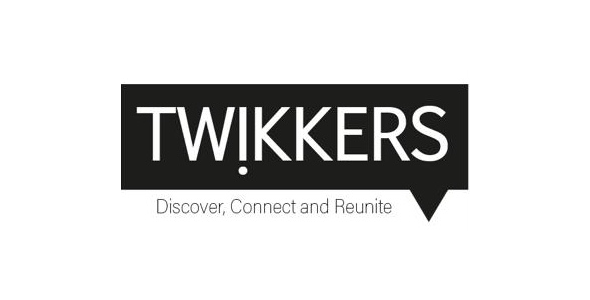The low-fat cheese nutrition market caters to health-conscious consumers seeking delicious yet nutritious alternatives to traditional cheese products. Low-fat cheese offers a reduced fat content compared to regular cheese varieties, making it an appealing option for individuals looking to manage their weight, reduce saturated fat intake, or adopt healthier dietary habits.
One of the primary drivers of the low-fat cheese nutrition market is the growing awareness of the health risks associated with high-fat diets. Excessive consumption of saturated fats, commonly found in cheese and other dairy products, has been linked to cardiovascular diseases and obesity. As a result, many consumers are actively seeking lower-fat alternatives to traditional cheese to support their overall health and well-being.
Moreover, the rise in lifestyle-related health concerns, such as diabetes and hypertension, has fueled demand for healthier food options, including low-fat cheese. Low-fat cheese provides a nutritious source of protein, calcium, and other essential nutrients without the excess calories and saturated fats found in regular cheese varieties. This makes it a suitable choice for individuals looking to maintain a balanced diet while still enjoying the taste and versatility of cheese in their meals.
Technological advancements in dairy processing and product formulation have also contributed to the growth of the low-fat cheese nutrition market. Manufacturers are developing innovative techniques to reduce the fat content of cheese without compromising on taste, texture, or nutritional value. These advancements have led to the creation of a wide range of low-fat cheese products, including slices, blocks, shreds, and spreads, catering to diverse consumer preferences and culinary needs.
Furthermore, the low-fat cheese nutrition market benefits from increasing consumer interest in plant-based and dairy-free alternatives. While traditional cheese is derived from animal milk, there is a growing demand for plant-based and vegan cheese options made from alternative ingredients such as nuts, seeds, and soy. Low-fat versions of these plant-based cheeses offer additional health benefits, making them a popular choice among health-conscious consumers.
Geographically, North America and Europe are leading markets for low-fat cheese nutrition, driven by a combination of health and wellness trends, dietary awareness, and product innovation. However, the market is also witnessing growth in regions such as Asia-Pacific and Latin America, where rising disposable incomes and changing consumer lifestyles are driving demand for healthier food options.
In conclusion, the low-fat cheese nutrition market presents significant opportunities for food manufacturers, retailers, and entrepreneurs to capitalize on the growing demand for healthier cheese alternatives. With ongoing innovations in product development and increasing consumer awareness of the health benefits of low-fat cheese, the market is poised for continued growth and expansion in the coming years.

